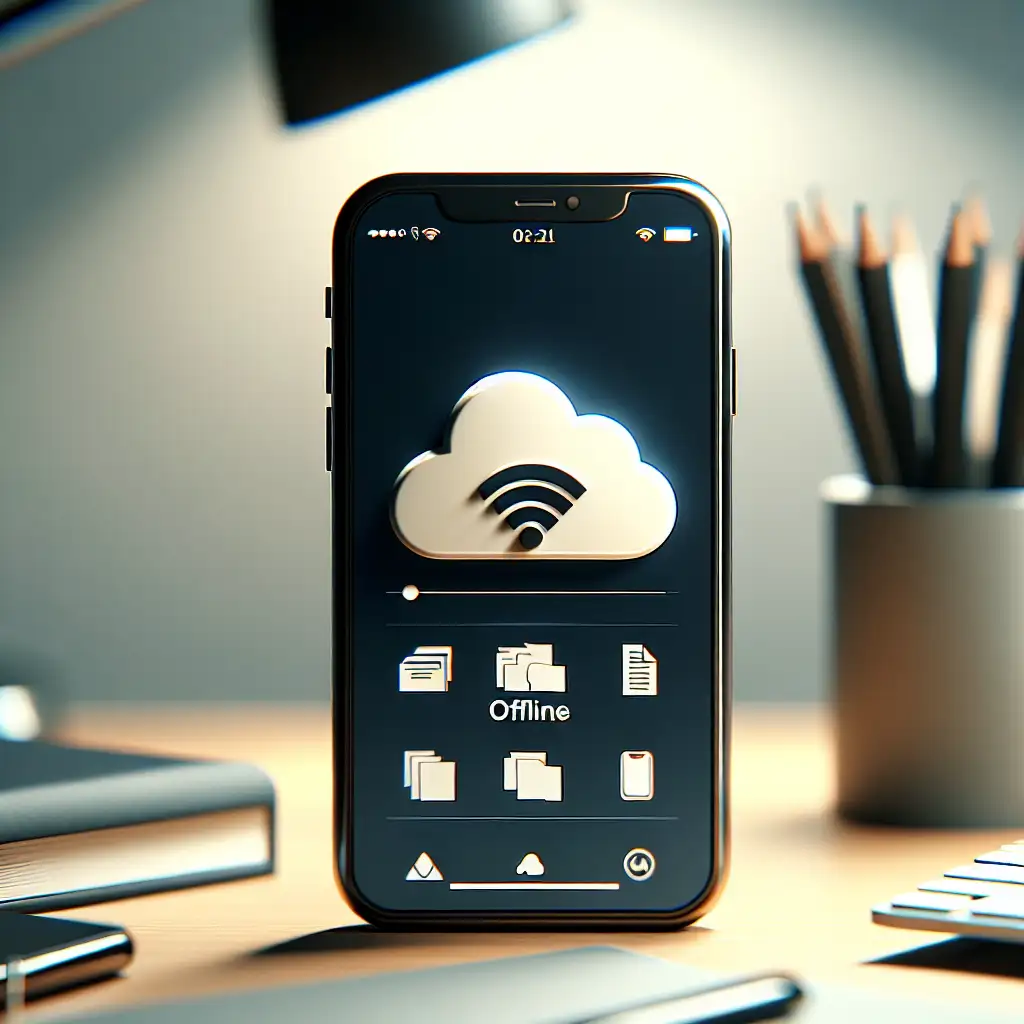Syncing Google Drive Files to iPhone for Reliable Offline Access
Business trips, field work, or dead spots in the subway—relying solely on cloud connectivity is a risk. When a critical project file is needed at 35,000 feet or deep underground, a reliable offline sync process becomes essential for professionals integrating Google Drive with iOS.
Typical Workflow Breakdown
1. Prerequisites
- iPhone running iOS 15.0 or later (tested on iOS 17.4.1)
- Google Drive v4.2024.20282 or newer (check in App Store for updates)
- Stable WiFi (avoid initial sync over unstable mobile data—corruption and partial downloads are still reported occasionally)
2. Install & Authenticate
Open the App Store, locate “Google Drive,” and install. On first launch, authenticate with your Google Workspace or personal account. Note: SSO via OAuth2 is supported for institutional accounts; two-factor can add unavoidable delay.
3. Navigating File Selection
Google Drive for iOS lacks recursive folder offline cache. Only single files can be marked for offline use (folders are not true objects here). For batch operations:
- Long-press a file, then tap additional files to multi-select.
- Tap the three-dot overflow menu →
Make available offline
Watch out for silent failures on files >100MB—see below.
4. Verifying Offline Cache State
To confirm availability, open the hamburger menu (≡), tap Offline. Files listed are locally cached in the app’s sandbox. Disconnect network, enable Airplane Mode, and attempt to open several files—native previews for PDFs/static docs, limited editing for Google Docs/Sheets. Expect an error for Google Forms and large videos:
File unavailable. Retry when you’re back online. (Error code: 15-003)
Known issue: Temporary file locks can occur; force-quit and relaunch the app to resolve.
Efficient Storage Management
Aggressively caching dozens of files will drain iPhone storage. Monitor usage in Settings → General → iPhone Storage → Google Drive. Remove cache bloat by toggling off "Available offline" on outdated items. If Drive exceeds 2–3 GB, consider offloading unused app data—Drive’s cache purge is less aggressive than expected.
Real-World Scenario: Prepping for a Conference with Unreliable Wi-Fi
A presenter traveling through airports syncs the final slide decks and reference PDFs (total: 78 MB across 12 files) the night before travel. After confirming all files appear in the Google Drive offline section, device is switched to Airplane Mode at boarding:
- Google Slides app: all decks open instantly, transitions work.
- PDF annotations possible in third-party apps, not natively in Drive.
If a team member updates a file during travel, changes will not automatically propagate offline—a persistent trade-off with point-in-time sync.
Limitations, Workarounds, and Pro Tips
- Folder-level offline: Not supported natively. Use “Documents by Readdle” as a workaround: connect Google Drive, sync entire folders for true local access. Caveat: some enterprise security policies block third-party integrations.
- Editing offline: Supported for Docs/Sheets, but not for non-Google file types (e.g., Office, videos). Sync occurs automatically when reconnecting, but merge conflicts can arise if multiple editors change a doc offline simultaneously.
- Large files: Anything over ~100MB may silently fail to sync. No user-facing error other than unavailability at access time.
- Security note: Files cached offline are encrypted in the app sandbox, but not beyond system PIN/biometrics.
Summary Table: Capabilities
| File Type | Offline Preview | Offline Edit | Bulk Sync? | Third-Party Support |
|---|---|---|---|---|
| Google Docs | Yes | Yes | No | Yes (limited) |
| Yes | No | No | Yes (w/ Readdle) | |
| Images | Yes | No | No | Yes |
| Videos | No* | No | No | Partial** |
*Large videos consistently unavailable
**Third-party apps may support some codecs
Obscure Tip
For automation: Apple Shortcuts can launch Google Drive and deep-link to specific files via custom URL schemes, but cannot toggle offline access programmatically due to sandboxing.
Some gaps remain in Google Drive’s iOS offline workflow—bulk folder sync and automated cache refresh being notable omissions—but for targeted, mission-critical access, the selective sync method is reliable if you verify availability before disconnecting. For field teams or traveling professionals, the workflow above minimizes surprises.
If stricter offline guarantees are required, explore MDM-managed document tools or productize around third-party sync clients. Otherwise, this method is valid for most professional use cases.
Gotcha: After iOS system updates, re-check offline status—Drive app sometimes drops local cache integrity after OS upgrades.
